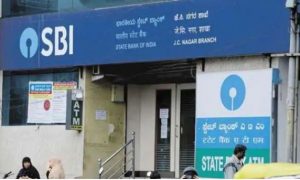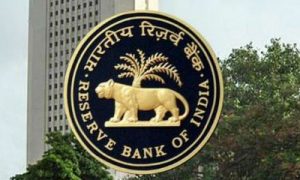NEW DELHI: The concern among government employees over not getting 50% of their last salary as pension under the National Payment System (NPS) stems from the initial set of people leaving the scheme. For those who have exited the NPS already, the maximum service is a little over 18 years, while the median works out to nine years.
Read More: Is Senior Citizen Fixed Deposit in banks better than Post Office? 5 factors to help you decide
In several cases, such as Himachal Pradesh and other states, contractual workers were absorbed as full-time government employees much later during their service and did not see full accumulation from NPS at the time of exit, government sources told TOI.
A large chunk of employees who take up a government job do so before turning 30 and contribute for three decades – which includes 10% of their basic salary as their contribution and 14% comes from the employer. But there are several who join later, some of whom do not get the full play, following court orders. Under the old pension scheme, some of these employees would not even have been eligible for pension, an official pointed out.
Ideally, for a good retirement benefit, an individual should stay invested for 30 years or more, government officials said. The committee under finance secretary T V Somanathan is working out a formula to secure the interest of employees as well as the governments at the Centre and the states.
An analysis on the NPS Trust website showed how the tenure and the amount of annuity a contributor opts for can make a world of difference even with a fixed contribution for the entire service period (see graphic).
So far, the Centre has ruled out any return to the Old Pension Scheme (OPS) despite demand and a reversal in some of the states, with several ruled by the Opposition parties taking the populist route.
Read More: Why is it necessary to track your mutual fund investments, and how?
Under OPS, there was no employee contribution and the government forked out 50% of the last pay drawn as pension, adjusting it for inflation twice a year and synching it with the pay commission award every 10 years.
With the government not making an annual budgetary allocation towards expected retiral benefits for all employees and pensioners, it results in what prudent policymakers and economists call an unfunded pension liability that limits the ability to undertake welfare and development spending for all citizens.
“Where is the noise coming from? It is largely from those who have exited the scheme already, without completing even 20 years. A large part of the gain comes because of the compounding over a long period,” explained an official. The Centre mandated NPS for all employees joining government service from January 2004. Almost all states followed suit a few years later during the Manmohan Singh government’s tenure.
Between the three fund managers running the government NPS, the returns hover between 9.37% and 9.6%. Government sources said that a lot of the government employees who have exited have done so by using only 40% of the corpus for purchase of annuities which reduces their monthly income.
Read More: Pension, Retirement Planning ALERT! You Need To Do THIS If You Want Good Money Post Retirement
Also, several of them have opted for annuities with return of purchase price that offers the lowest returns given that the initial corpus is returned to the survivor. This contrasts with OPS, where there is a pension and a family pension (of 50% full pension) for the spouse and therefore does not involve return of capital.





































